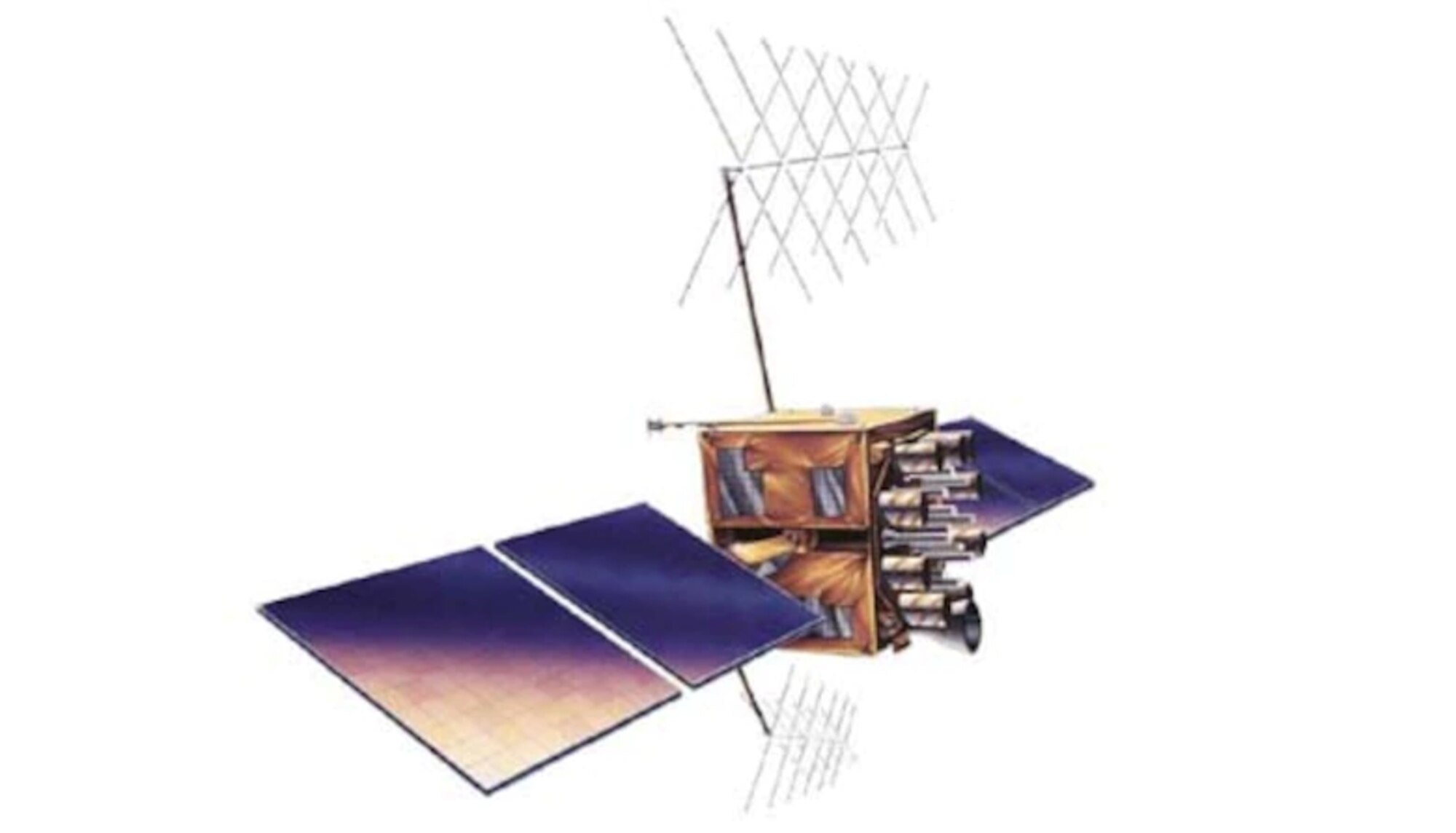-
Photo Details / Download Hi-Res
' + '
' + '
SHOW PHOTO DETAILS
'; } else { caption += $(this).find('figcaption').html() + getDetailsURL($(this).parent()) + getDownloadURL($(this).parent()) + showFBShare(); } } else { if (isMobile()) { caption += '
' + '
' + '
' + '
' + '
' + $(this).find('figcaption p').html() + '
' + getDetailsURL($(this).parent()) + getDownloadURL($(this).parent()) + showFBShare() + '
' + '
' + '
SHOW PHOTO DETAILS
'; } else { caption += '
' + '
' + $(this).find('figcaption p').html() + '
' + getDetailsURL($(this).parent()) + getDownloadURL($(this).parent()) + showFBShare(); } } return caption; }, afterLoad: function (instance, current) { //initial desktop view $(".fancybox-caption__body").addClass("a2a_kit").addClass("a2a_default_style"); if (isMobile()) $(".fancybox-caption__body").addClass("mobile"); }, afterShow: function (instance, current) { var $currentSlide = $(".fancybox-slide.fancybox-slide--current").parent().parent(); if (isMobile()) $currentSlide.find(".fancy-detail-link").on("touchstart", function () { captionToggle(); }); }, afterClose: function () { } })); let debounceTimer; $(window).on("resize", function (event) { if (isMobile()) return; if ($(".af3-caption-body").length > 0 && $(".af3-caption-body").css("height") != undefined) { event.stopImmediatePropagation(); $(".fancybox-caption__body").removeClass("half"); isDesktopInit = false; captionToggle(); debounceTimer = setTimeout(function () { clearTimeout(debounceTimer); debounceTimer = null; recalculateImageSize(); }, 1000); } }); function recalculateImageSize() { // Fancy box miscalculates because of race conditions with new layout var origImgWth = $(".fancybox-image").prop("naturalWidth"); var origImgHgt = $(".fancybox-image").prop("naturalHeight"); var winWth = $(window).innerWidth(); var winHgt = $(window).innerHeight() var ratio = Math.min(winWth / origImgWth, winHgt / origImgHgt); var newImgWth = (origImgWth * ratio); var newImgHgt = (origImgHgt * ratio); var dstTop = Math.floor((winHgt - newImgHgt)) / 2; var dstLeft = Math.floor((winWth - newImgWth)) / 2; $(".fancybox-content").removeAttr("style"); $(".fancybox-content").css("width", newImgWth + "px"); $(".fancybox-content").css("height", newImgHgt + "px"); $(".fancybox-content").css("transform", "translate(" + dstLeft + "px, " + dstTop + "px)"); } function captionToggle() { if ($(".fancybox-caption__body").hasClass("af3-caption-body")) { $(".af3-caption-body").stop(true, false).animate({ height: "0vh" }, 800, function () { // Animation complete. closeDetails(); }); $(".fancy-photo-detail-link").html($(".fancy-photo-detail-link").html().replace("CLOSE", "SHOW")); } else { $(".fancybox-caption__body").addClass("af3-caption-body"); $(".af3-caption-body").addClass(detailSize); $(".af3-caption-body").animate({ height: displayhgt }, 800); $(".fancybox-caption").addClass("af3-caption-bg"); $(".base-caption-info").addClass("full-height"); $(".fancy-photo-detail-link").addClass("photo-detail-gradient"); $(".fancybox-button").css("display", "none"); $(".fancy-photo-detail-link").html($(".fancy-photo-detail-link").html().replace("SHOW", "CLOSE")); $(".fancybox-caption__body").prepend(prependClosing()); $(".closing-box, .closingx").on("touchstart", function () { captionToggle(); }); } } function getDetailsURL(fbObj) { return 'DETAILS'; } function getDownloadURL(fbObj) { return 'DOWNLOAD'; } function showFBShare() { return ''; } function closeDetails() { $(".af3-caption-body").removeClass(detailSize); $(".fancybox-caption__body").removeClass("af3-caption-body"); $(".fancybox-caption").removeClass("af3-caption-bg"); $(".base-caption-info").removeClass("full-height"); $(".fancy-photo-detail-link").removeClass("photo-detail-gradient"); $(".fancybox-button").css("display", "block"); if (detailSize === "half") { detailSize = "full"; displayhgt = "90vh"; $(".fancybox-caption").removeClass("desktop-init"); } } function prependClosing() { return '
' } });
- Published
- By Airman 1st Class Brooke Wise
- Peterson-Schriever Garrison Public Affairs
Have you ever wondered how your smart watch tracks your running path, or how you can pay for groceries with the swipe of a card? These devices are powered by the Global Positioning System, or GPS.
GPS is comprised of satellites that provide position, navigation and timing services to billions of people. The satellites do this by sending navigation messages to GPS receivers around the world.
“GPS is used in many aspects of life, from the timing of the stock market to clocks around the world,” explained U.S. Space Force 1st Lt. Austin Esquivel, 2nd Space Operations Squadron chief orbital analyst and satellite vehicle operator. “Our entire economy and infrastructure system is built with GPS. If we didn’t have it, we would be back to the 1960s.”
Space Delta 8 - Satellite Communications and Navigational Warfare, 2nd SOPS, is responsible for GPS operations. They are a U.S. Space Force unit located at Schriever Space Force Base, Colorado. A total of 170 Guardians, Airman and civilians make sure that the satellite constellation is operating properly 24/7.
“GPS operators are responsible for contacting, or ‘talking to’ the GPS satellites every day to collect information about the health of the vehicles,” said U.S. Space Force 2nd Lt. Theodore Mullee, 2nd SOPS payload systems operator. “They refresh information that goes out to global receivers so that it's the most up to date and accurate.”
GPS satellites are always broadcasting two things: a timestamp and their location. If you know what time a signal was sent, how fast it was going and what time it is when the signal reaches you, then you can determine how far away the source of that signal is.
Imagine you are driving in a car and set your cruise control at 60 mph, then start your stopwatch. If you drive like this for one hour, you know that you’ve gone 60 miles from where you started. Since it is known that radio waves travel at the speed of light, this exact concept can be used to get a range from any GPS satellite.
Range information from four satellites is then used to get an exact location on Earth through a scientific method called trilateration: determining position by knowing distance from at least four points. A GPS receiver will then convert this ranging information into a location on Earth that anyone can understand and use.
Anytime you use a hiking or rideshare app, your phone is performing these calculations continuously, giving you an accurate location in real-time. None of this would be possible without the GPS satellite constellation.
